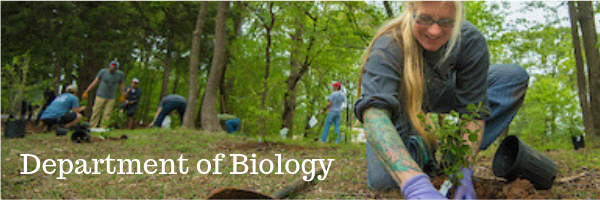
Faculty and Student Publications
Document Type
Article
Publication Date
6-2-2021
Abstract
Conservation agriculture practices (CAs) have been internationally promoted and used for decades to enhance soil health and mitigate soil loss. An additional benefit of CAs has been mitigation of agricultural runoff impacts on aquatic ecosystems. Countries across the globe have agricultural agencies that provide programs for farmers to implement a variety of CAs. Increasingly there is a need to demonstrate that CAs can provide ecological improvements in aquatic ecosystems. Growing global concerns of lost habitat, biodiversity, and ecosystem services, increased eutrophication and associated harmful algal blooms are expected to intensify with increasing global populations and changing climate. We conducted a literature review identifying 88 studies linking CAs to aquatic ecological responses since 2000. Most studies were conducted in North America (78%), primarily the United States (73%), within the framework of the USDA Conservation Effects Assessment Project. Identified studies most frequently documented macroinvertebrate (31%), fish (28%), and algal (20%) responses to riparian (29%), wetland (18%), or combinations (32%) of CAs and/or responses to eutrophication (27%) and pesticide contamination (23%). Notable research gaps include better understanding of biogeochemistry with CAs, quantitative links between varying CAs and ecological responses, and linkages of CAs with aquatic ecosystem structure and function.
Relational Format
journal article
Recommended Citation
Lizotte, R. E., Smiley, P. C., Gillespie, R. B., & Knight, S. S. (2021). Agricultural conservation practices and aquatic ecological responses. Water, 13(12), 1687. https://doi.org/10.3390/w13121687
DOI
10.3390/w13121687
Accessibility Status
Searchable text

